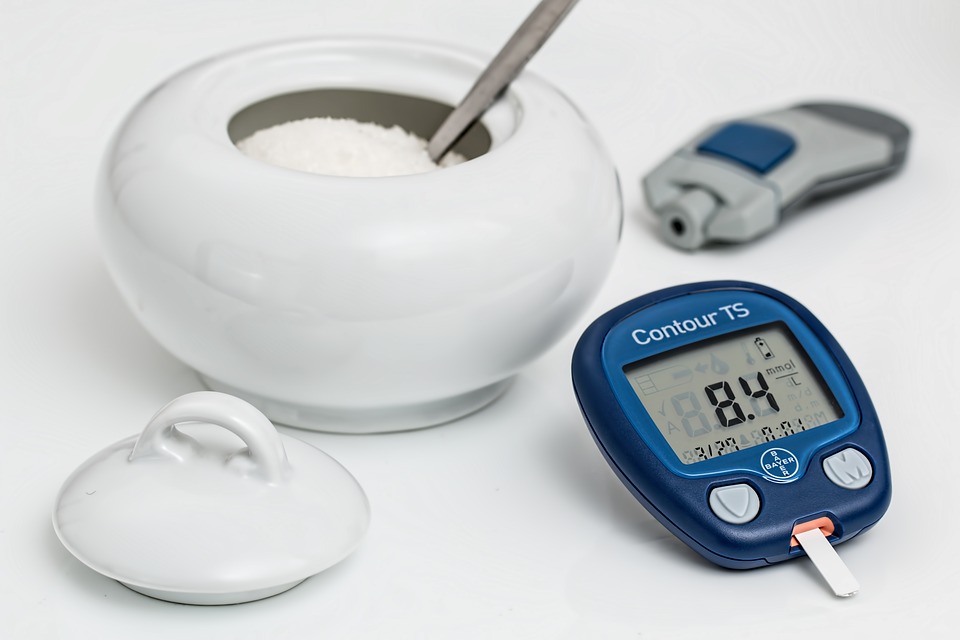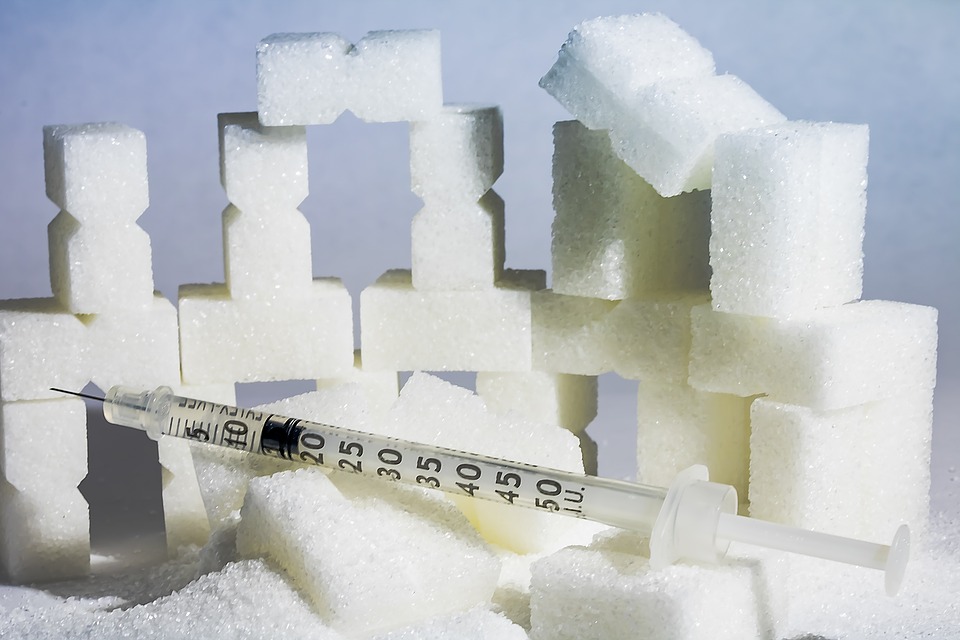14 Signs of Very High Blood Sugar

There are many people who struggle with diabetes which is a situation in which the body cannot produce insulin. So, that has an impact on the way the body deals with glucose (a type of sugar we consume through food).
Glucose is the main source of energy and it is carried through the bloodstream. Diabetes type 2 is the more common type of diabetes. The technical term for high blood sugar is hyperglycemia.
It happens when there is lack of insulin (diabetes type 1) or when the usage of insulin is not possible (diabetes type 2). The condition may cause damage to the nerves, blood vessels, eyes, and kidneys. (1)
What Causes Hyperglycemia?
Here is a list of the most common causes of high blood sugar:
- Dehydration
- Stress
- Specific medications like steroids
- Not enough physical activity
- Some illnesses, such as cold
- Excess eating
- Missing diabetes medication, or incorrect dosage
- Over-treating hypoglycemia
What Are the Symptoms of Hyperglycemia?
Hyperglycemia is just one symptom of diabetes. And, here is a list of the symptoms that indicate on high blood sugar:
- Constant hunger
- Stomach problems
- Dry mouth
- Impotence
- Nerve problems
- Increased thirst
- Blurred vision
- Often urination
- Difficulty concentrating
- Itchy and dry skin
- Extra fat and weight gain
- Extreme tiredness and fatigue
- Recurrent infections
- Slow healing of wounds and cuts
What is GI?
GI stands for Glycemic Index which tells how quickly or slowly some foods lead to increased blood sugar levels. It begins at 0 and it can reach 100. Those foods that are low on the GI scale release glucose steadily and slowly.
While foods that are high on the GI scale release glucose quickly. If you want to ease blood sugar symptoms, you need to consume lower GI foods. They will decrease insulin levels and control your weight.
Here is a list of some foods and their GI:
- An egg – 0
- A big banana – 52
- A cup of hummus – 6
- A cup of peas – 54
- A yellow onion (mid-sized) – 10
- A big carrot – 47
- A cup of broccoli – 10
- A cup of green grapes – 46
- A cup of cashew nuts – 22
- A medium orange – 48
- A cup of walnuts – 15
- 8 oz. of pineapple juice. – 46
- A large grapefruit – 50
- 8 oz. of tomato juice – 38
- A cup of cherries – 22
- A cup of spaghetti – 42
- A cup of yogurt – 23
- A cup of kidney beans – 31
- A cup of butter beans – 34
- An apple (mid-sized) – 38
- A cup of yogurt – 23
- A Turkey sausage – 28
Also, there is a list of more than a hundred foods where you can see their GI. Foods that are low on the scale of GI should be eaten every day. But, moderate foods should be taken from time to time. And, those high on GI scale should be avoided.
Here is a list of low Glycemic Index (55 or less) foods:
- Muesli, oatmeal, oat bran
- Yam, sweet potato, peas, corn, lentils, legumes, butter/lima beans
- Pumpernickel bread or whole wheat bread (a 100 percent stone-ground)
- Most fruits, carrots and non-starchy veggies
- Bulgar converted rice, pasta, barley
Here is a list of moderate Glycemic Index (56-69) foods:
- Quick Oats
- Pita bread, whole wheat, rye
- Couscous, brown, basmati, or wild rice
Here is a list of high Glycemic (70 or more) foods:
- Pineapple and melons
- Bagel or white bread
- Popcorn, pretzels, rice cakes, saltine crackers
- Puffed rice, instant oatmeal, bran flakes, corn flakes
- Pumpkin, russet potato
- Rice, macaroni, and cheese, pasta, short grain white rice
You should know that diabetes is closely related to body weight and food. So, making a small change in diet can make a big difference in managing diabetes and having a healthy body weight.




